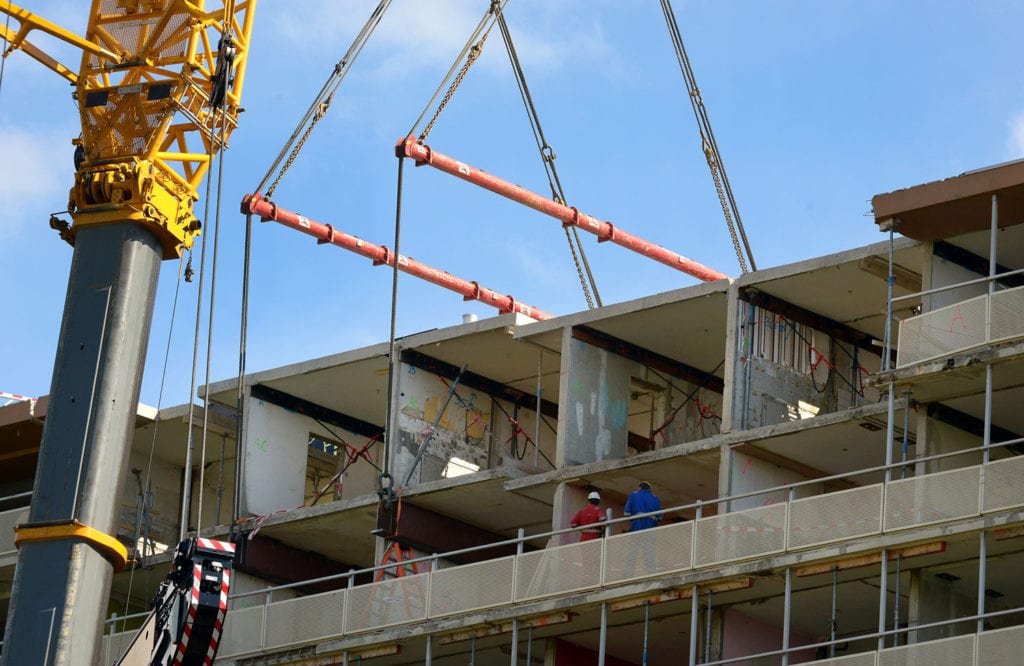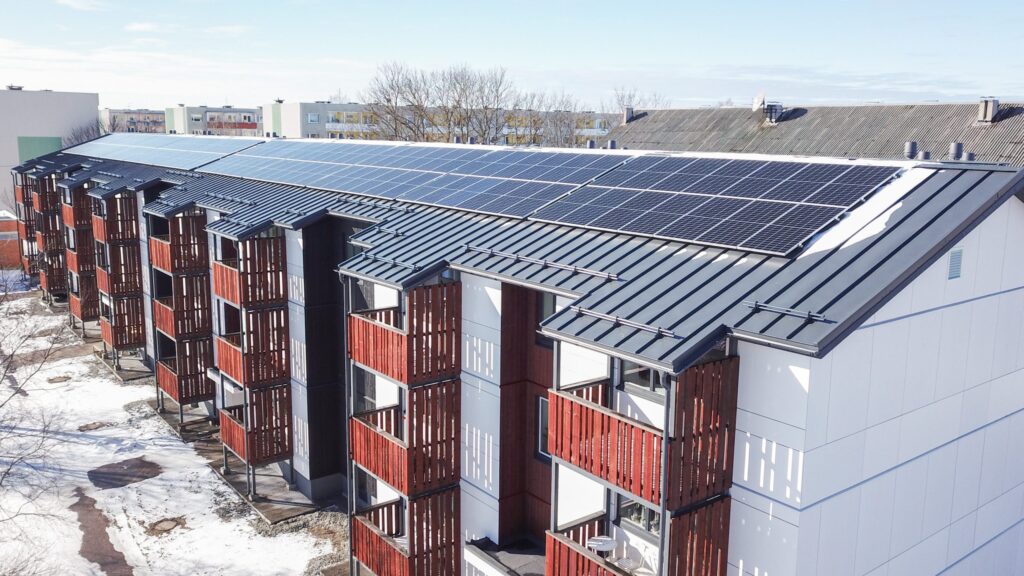Assessing the Circular Re-design of Prefabricated Building Envelope Elements for Carbon Neutral Renovation
Buildings and the construction industry at large are significant contributors to the catastrophic climate breakdown. The built environment is responsible for 37% of the total global carbon emission, of which about a third arises from the energy used to produce building and construction materials, usually referred to as embodied carbon. One of the key strategies […]
Superlocal

Nieuwe woningen genereren met 90% sloopmaterialen.
H2020 Drive0

Looptijd Budget Onderzoekspartners ? Publieke partners ? Netwerkpartners ? Onderzoekers
Circularity Indicator for Residential Buildings: Addressing the Gap Between Embodied Impacts and Design Aspects
In the European Union, the built environment is responsible for more than the 25% of all waste generated, highlighting the need to adopt circular practices. To indicate the level of circularity, common indicators mainly focus on: 1) the amount of virgin materials, 2) the amount of unrecoverable waste, and 3) the product lifetime. However, a holistic methodology […]
Circularity in Selected EU Countries: The Case of Construction and Demolition Industry
The construction and demolition industry (CDI) became a priority area for the EU circular economy as the industry has the largest waste stream by volume. Most of the CDI waste, however, ends up in incinerators for energy production or as downcycled content for road surfaces despite its enormous potential for recycling and reuse. This study […]
Environmental Impact Evaluation of Five Circular Concrete Scenarios
In the Netherlands, the material concrete accounts for 40-60% of the total environmental impact of the Dutch construction industry. Cement accounts for 80-95% of this impact, while not being the main component expressed in mass. Traditional methods of (re)using and recycling concrete in the construction industry have a high detrimental environmental impact, and are currently […]
Circularity Concepts for Offsite Prefabricated Energy Renovation of Apartment Buildings
Deep energy renovation includes the realisation of the full potential of energy performance. A circular deep renovation, which contributes to a circular built environment, is based on 100% life cycle renewable energy, and all materials used within the system boundaries are part of infinite technical or biological cycles with the lowest quality loss as possible. […]
Interdigitated back‐contacted structure: A different approach towards high‐efficiency ultrathin copper indium gallium (di) selenide solar cells
An interdigitated back-contacted (IBC) configuration is proposed for submicron copper indium gallium (di)selenide (CIGS). In a modelling platform, the structure was opto-electrically optimized for maximum efficiency. The results are compared with a reference front/back-contacted (FBC) solar cell with similar absorber thickness and exhibiting 11.9% efficiency. The electrical passivation at the front side is accomplished by […]
Small-scale Bioclimatic Prosthesis: A strategy for adaptive social housing based on local spontaneous and socio-environmental patterns in transitional spaces
In Latin America, there is a huge existing housing stock that no meets the minimum requirements for thermal comfort and energy efficiency, built before relatively recent thermal regulations. The scarcity of climate adaptive possibilities and the lack of design in the transitional spaces that these buildings create is identified as a common pattern throughout the […]
Comparative Building Energy Simulation Study of Static and Thermochromically Adaptive Energy-Efficient Glazing in Various Climate Regions.
The building sector contributes approximately one third of the total energy consumption worldwide. A large part of this energy is used for the heating and cooling of buildings, which can be drastically reduced by use of energy-efficient glazing. In this study, we performed building energy simulations on a prototypical residential building, and compared commercially available […]
